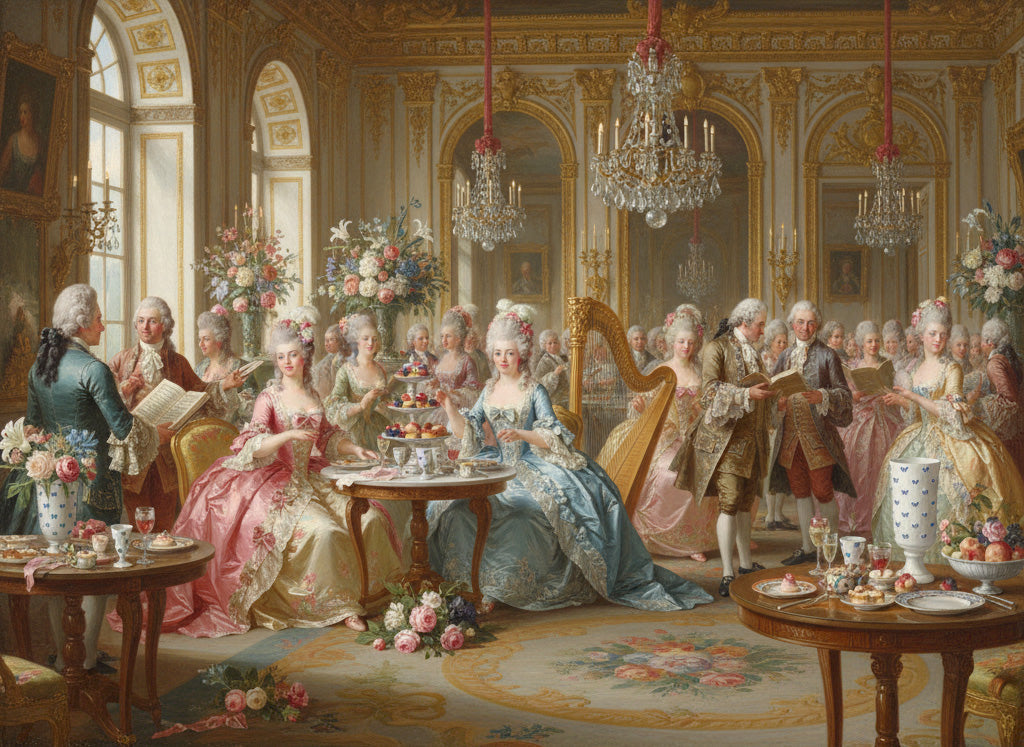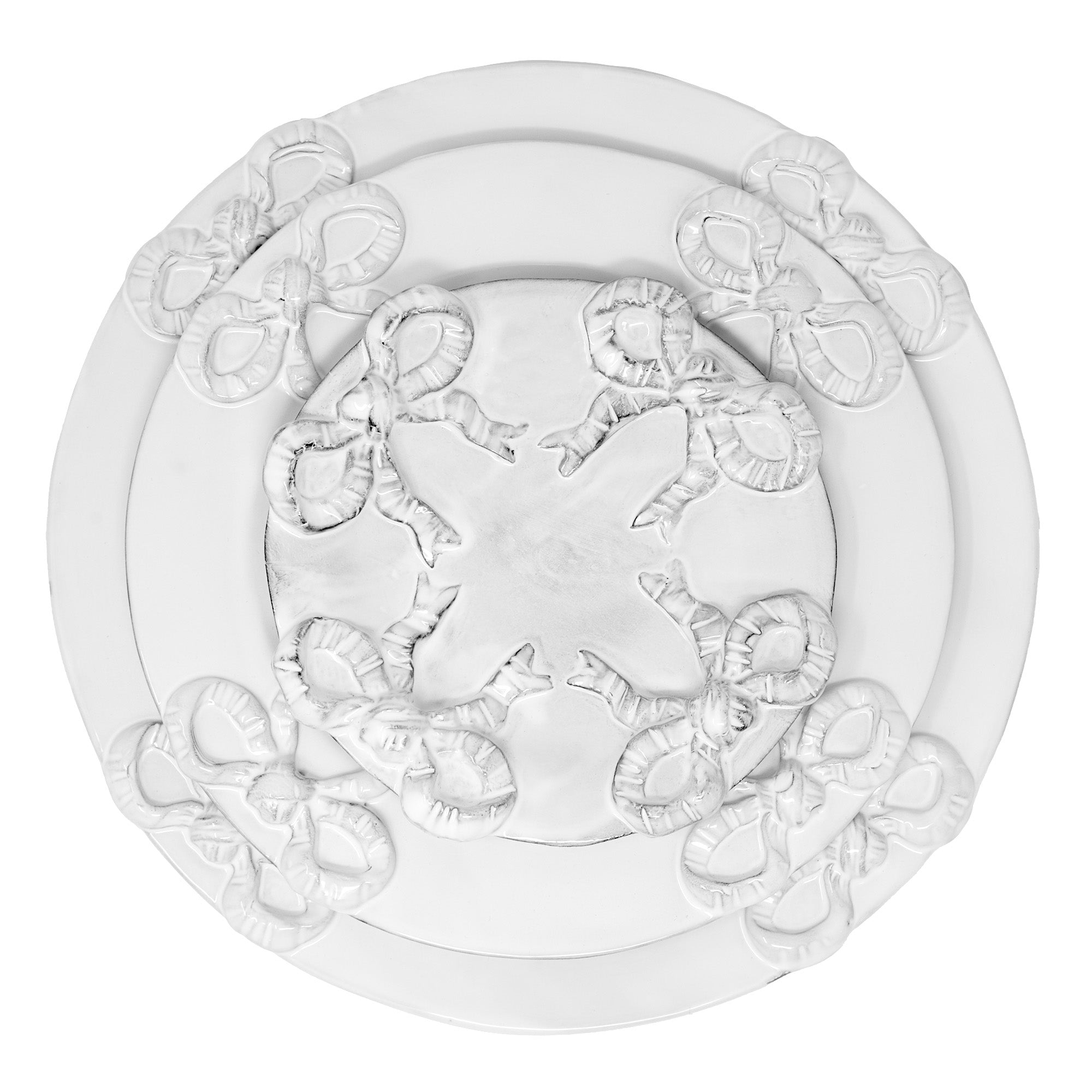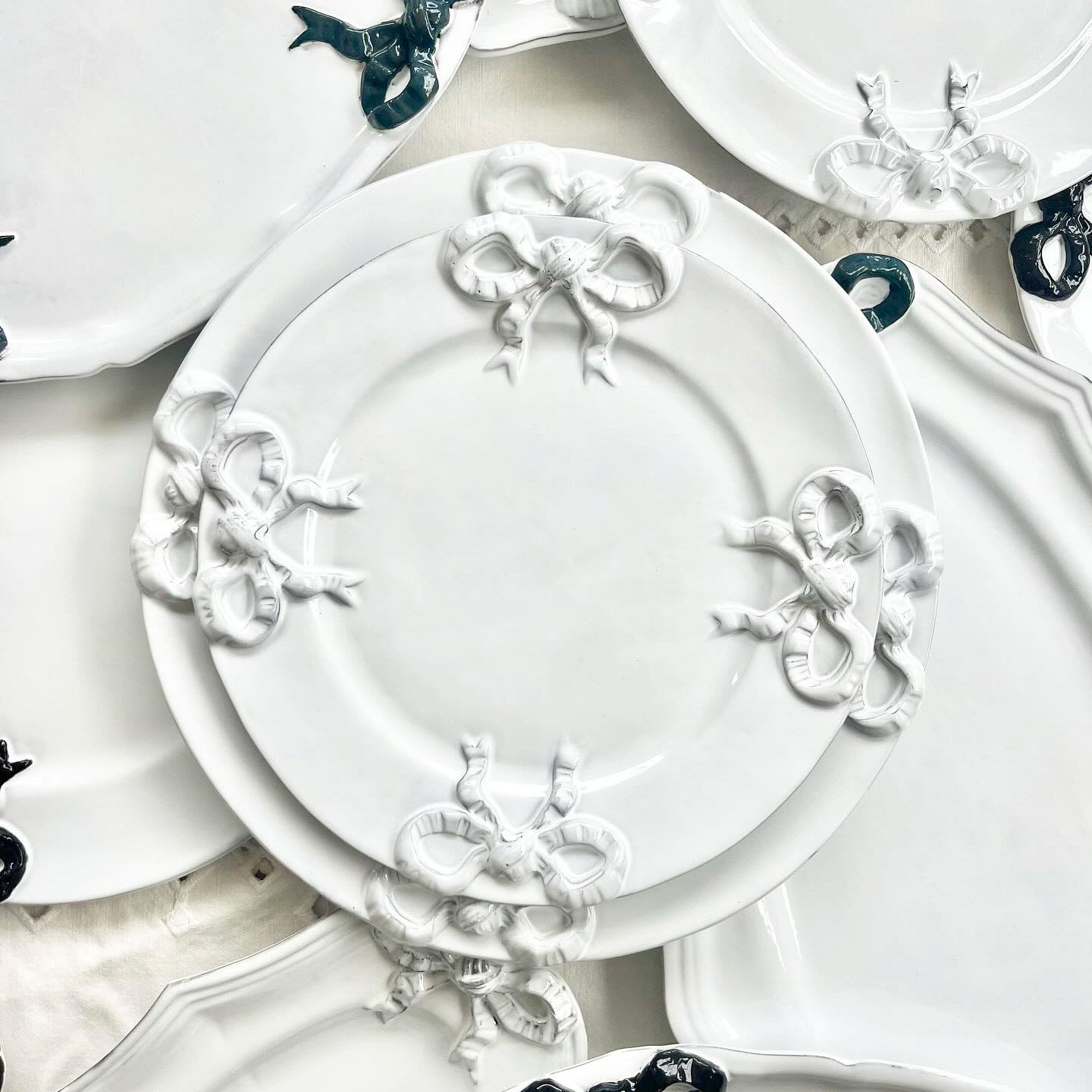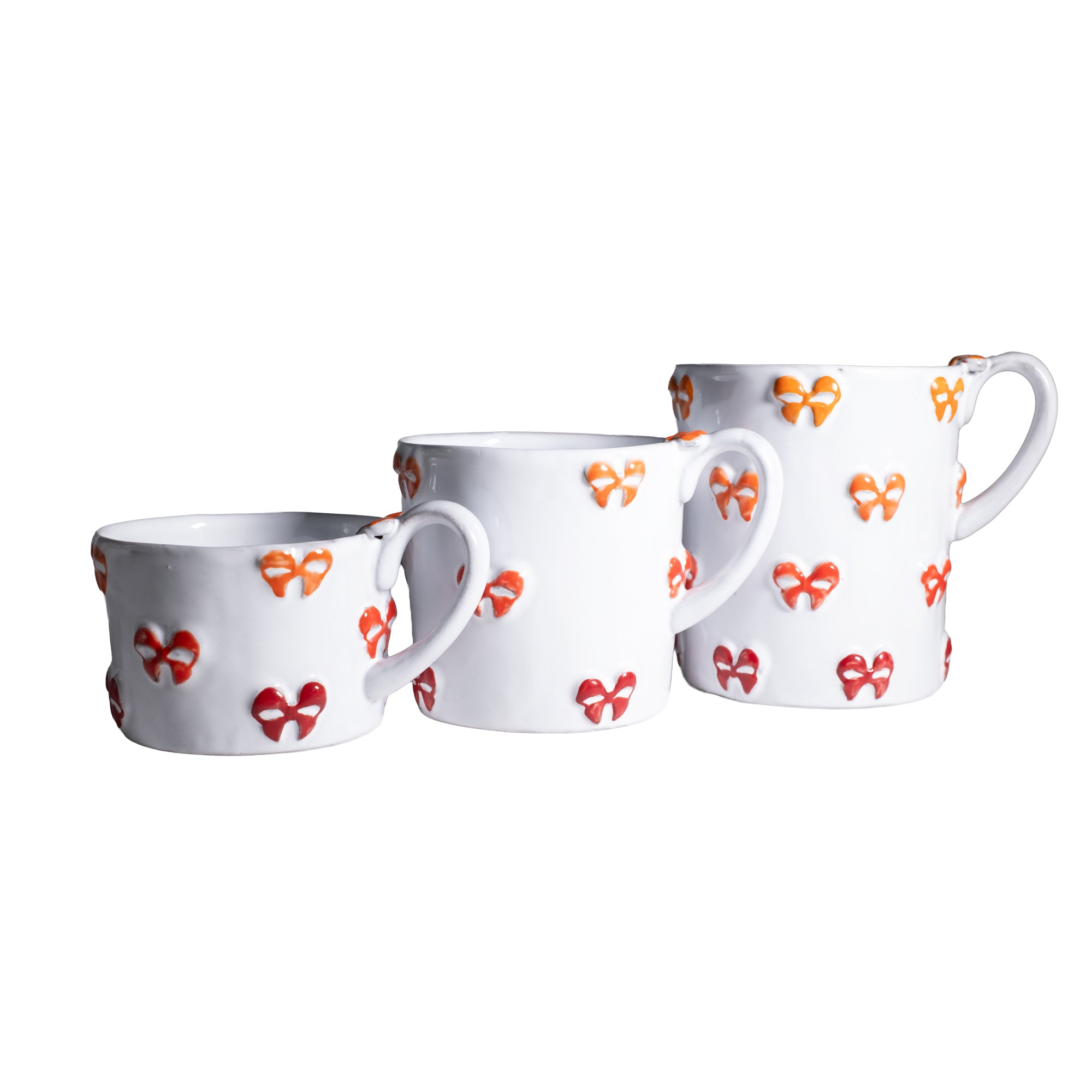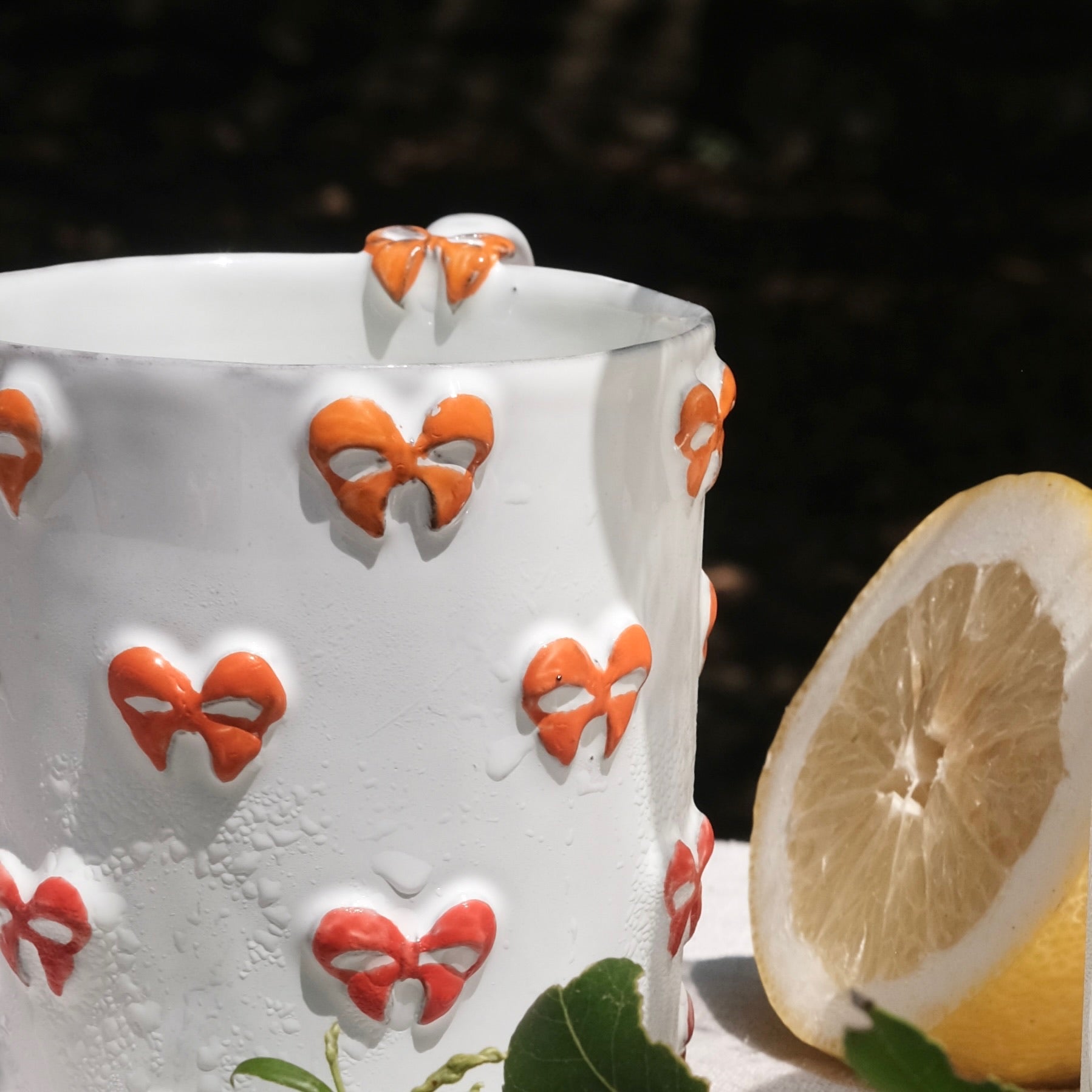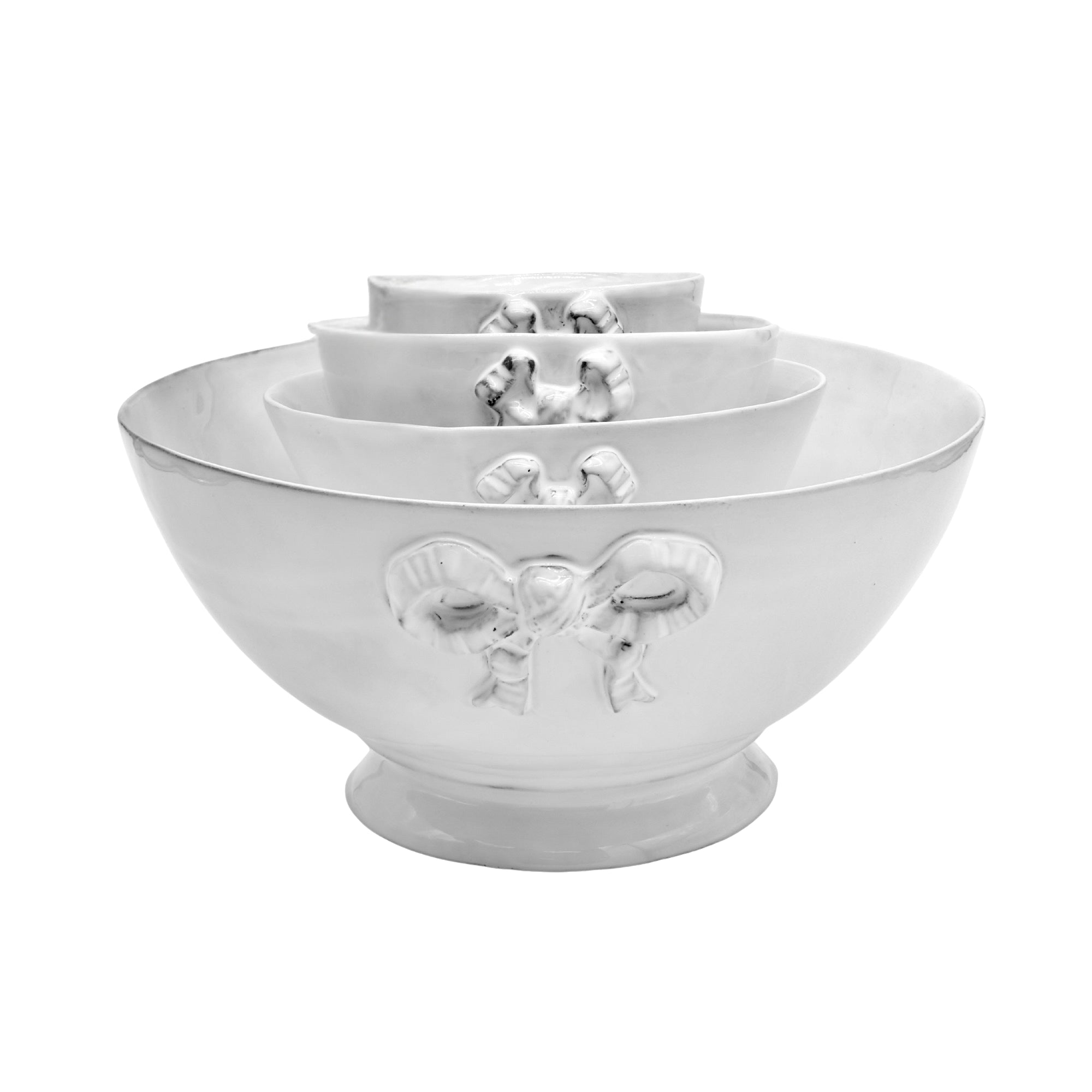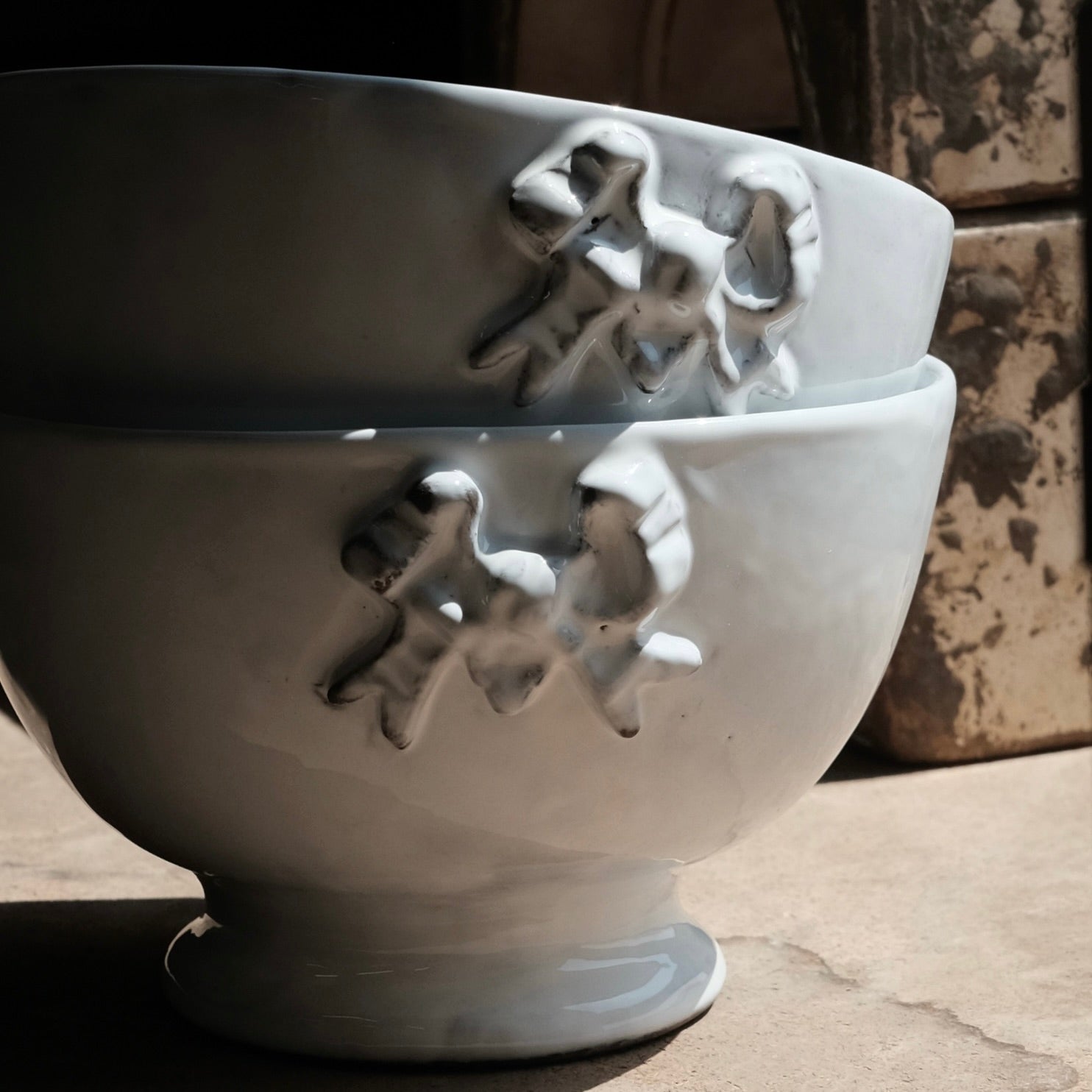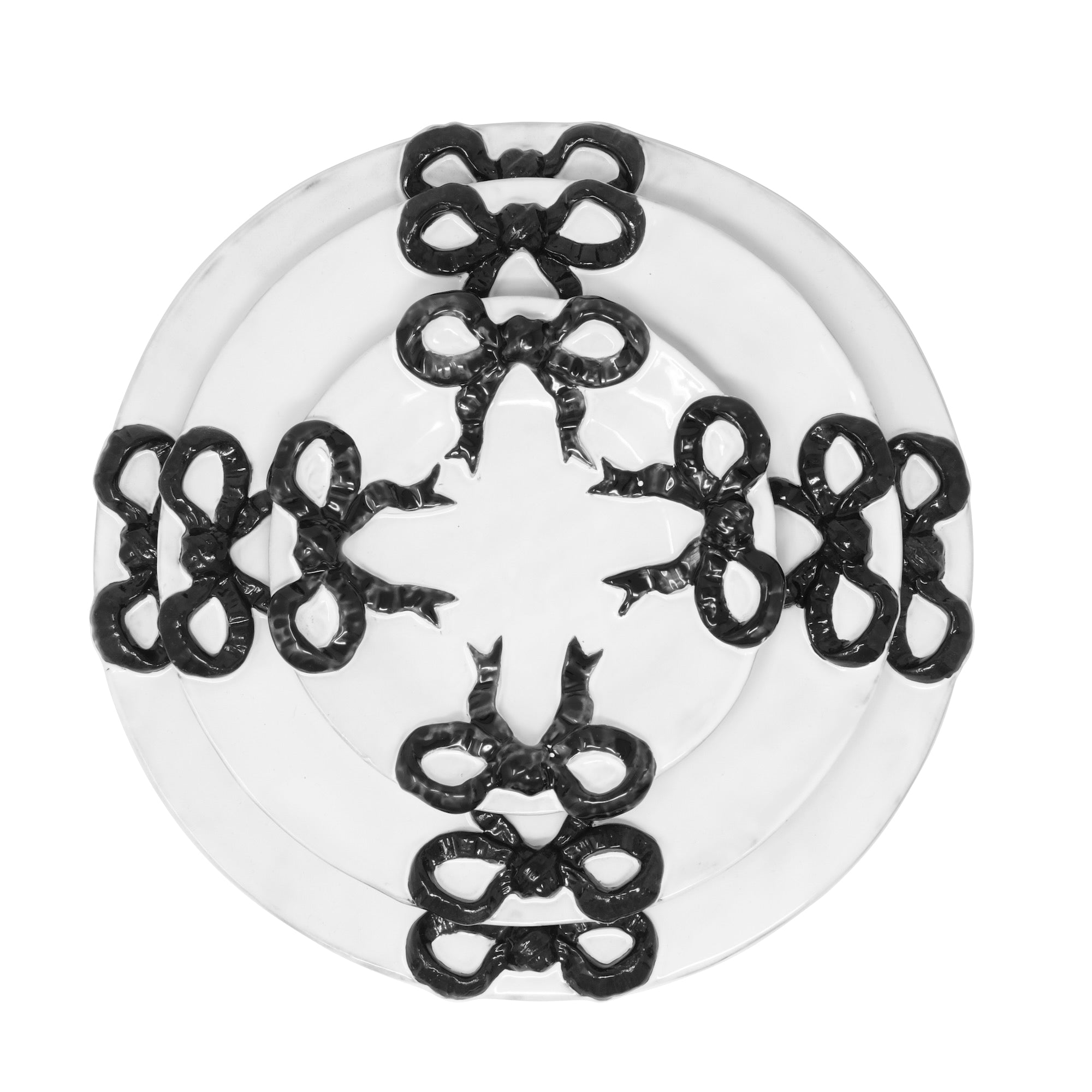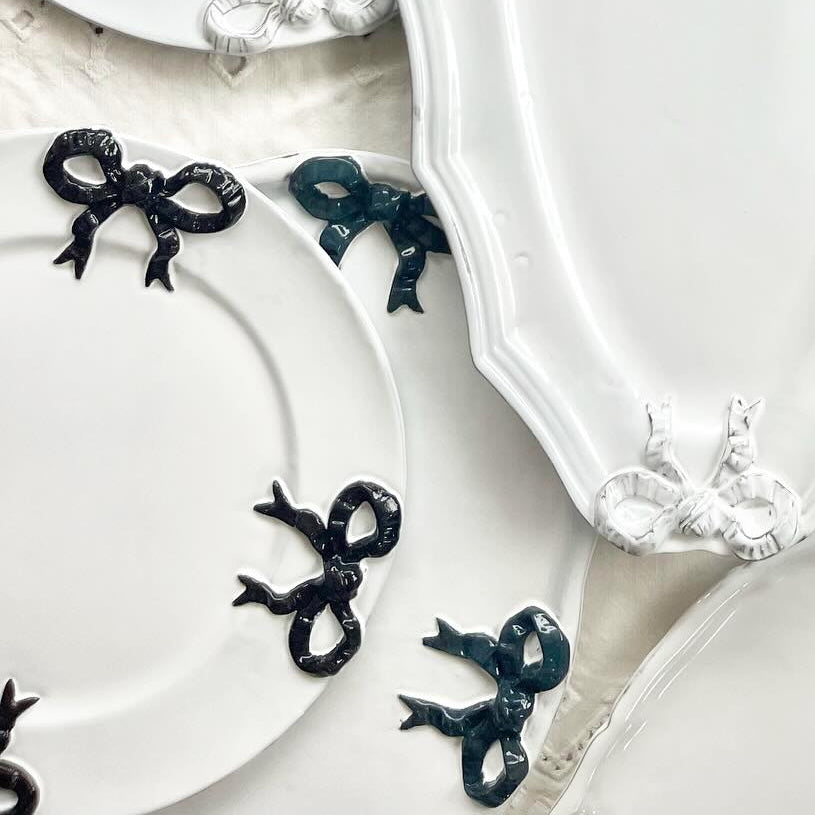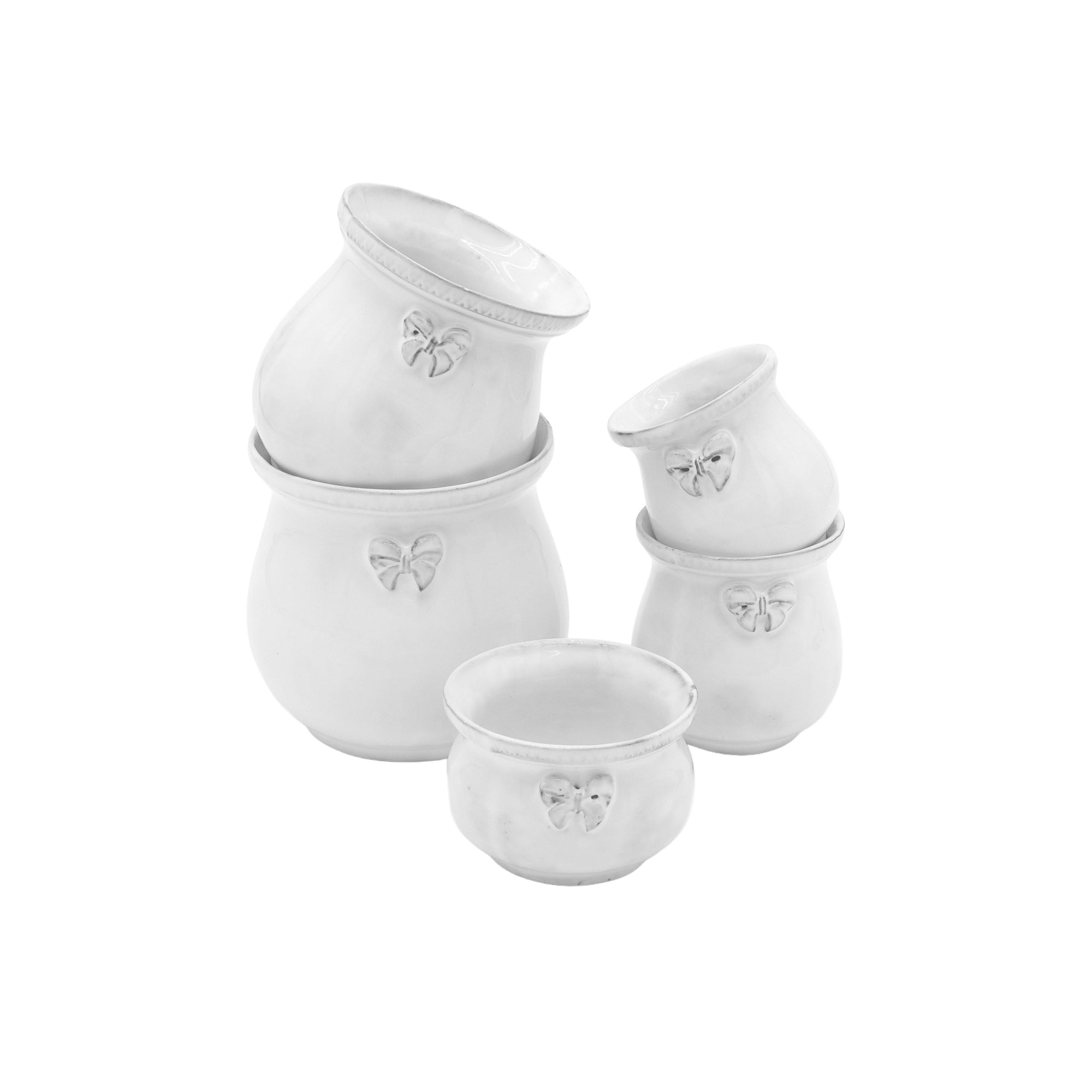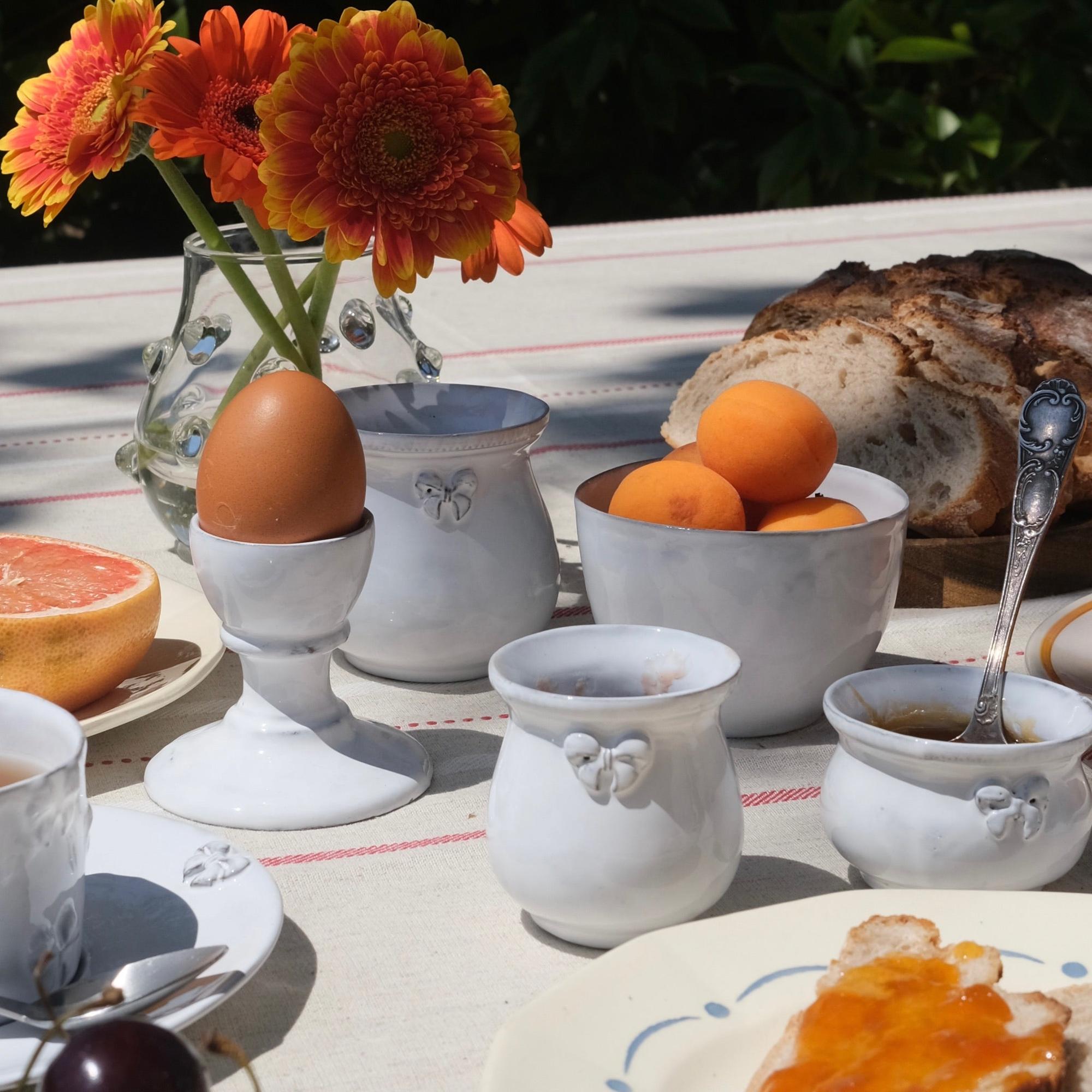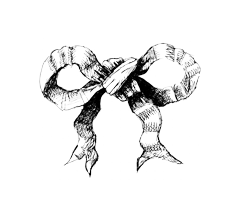Marie-Antoinette, the last queen of the Ancien Régime, embodies far more than a tragic fate: she symbolizes an art of living that is refined, playful, intelligent, free, and profoundly modern. Far from clichés, her life reflects the tensions between etiquette and intimacy, duty and desire, grandeur and lightness.
"She made aesthetics a private language, and decor an extension of the self."
A reductive image, a complex woman
Long confined to an image of frivolity-a light, spendthrift queen indifferent to her people-Marie-Antoinette suffered from a reputation shaped by revolutionary propaganda. Yet behind those caricatures stands a subtle, learned, and deeply resilient woman, torn from childhood to fulfill an imposed destiny. In 1770, at only fourteen, she left Vienna to marry the Dauphin of France, the future Louis XVI. The ceremonial "gift of self," in which she surrendered even her clothing, marked a total rupture. Torn from her mother, Empress Maria Theresa, and from her Austrian culture, she had to adapt to the rigid and often hostile court of Versailles. This uprooting did not extinguish her; it sharpened her intelligence and her powers of observation. Very quickly she understood that survival depended on a delicate balance between public representation and autonomy, between royal duty and inner life in 18th‑century France.

A cultured and sensitive queen
Raised in one of Europe’s most brilliant courts, Marie-Antoinette was not the ignoramus her detractors portrayed. She spoke several languages, read Voltaire and Rousseau, played the harp, sang, attended operas, and personally selected artists and works. A discerning patron of the arts-and of 18th‑century French decorative arts-she surrounded herself with brilliant minds and chose her friendships with care. She also invested personally in her residences: every aesthetic choice-fabric, furniture, color-became the expression of the queen’s private taste and what would inspire the Marie‑Antoinette style of décor.
A revolution in style
From the moment she arrived at Versailles, Marie-Antoinette introduced a lighter, more feminine style. She traded wide pannier gowns for softer fabrics, pastel tones, and floral motifs. With her dressmaker Rose Bertin, she created a new fashion that influenced all of Europe. This search for gentle, modern elegance echoed in her interiors. She favored the graceful lines of the neoclassical style over exuberant rococo, floral patterns, and light hues, and she had her apartments redecorated with freshness and refinement. What some called “frivolity” was often a refusal of a rigid, fixed order. By choosing simpler gowns and a more intimate life-humanizing her presence-she challenged the strict codes of absolute monarchy and helped shape what many now recognize as the Marie‑Antoinette style.

The Petit Trianon: a laboratory of freedom
Her world found full expression at the Petit Trianon, a refuge given by the king. It was not a whim but a manifesto. There she experimented with a gentler, freer life, closer to nature. Her Hameau de la Reine, inspired by Norman farms, was a complete work uniting architecture, furniture, gardens, and tableware to embody an ideal of elegant simplicity. She organized strolls, games with her children, and bucolic teas. This tamed nature formed a setting for personal freedom and authenticity, running counter to the customs of the Versailles court and foreshadowing today’s interest in slow living.

A quest for privacy in a world of appearances
At court, everything rested on public performance. Marie-Antoinette demanded spaces of withdrawal. She arranged private cabinets, limited visits, and chose her circle. This need for privacy was not a whim: it was self-assertion. She invented another way to be queen-friend, mother, lover, free woman. She played the harp, wrote, and laughed with her ladies-in-waiting, far from the gaze of the court.
A loving mother, a woman dignified before history
Marie-Antoinette was an attentive mother, deeply attached to her children. Letters to her own mother reveal her worries, determination, and concern for their education. During the Revolution, she protected her family, faced humiliation, slander, and isolation, without ever renouncing her dignity. At the Conciergerie, she remained upright to the last step of the scaffold.
A style that became a language
When Marie-Antoinette arrived at court, rococo style dominated-exuberant curves, gilding, theatricality. She softened it with pastels, natural forms, and floral motifs. She imposed a more poetic, intimate vision of aesthetics, later called the “Marie-Antoinette style.” She favored tender hues-powder pink, sky blue, eau‑de‑nil-pastoral decor, transformable furniture, and gentle architecture. This taste for refined yet unostentatious detail became an aesthetic language in its own right. Her world, between idealized nature and discreet elegance, foreshadowed decorative romanticism, emotional design, and contemporary slow living and artisan décor aligned with Louis XVI style and neoclassical interiors.

A living legacy
Her legacy lives in the union of luxury and nature, in attention to sensitive, feminine details, and in this unique way of treating aesthetics as an inner refuge-an influence still visible in Versailles‑inspired tablescapes and 18th‑century French décor.

More than a decorative style, Marie-Antoinette invented a way of inhabiting the world: sensitive, embodied, dream‑minded. She made aesthetics a private language, and decor an extension of the self. It was not an escape, but a clear‑eyed quest for elegance in a constrained world. In this, she anticipated contemporary trends in emotional design, in the interior as an expression of identity, and even an aesthetic feminism-a way to reaffirm the power of beauty and care as expressions of freedom.
And why not… a fabulous Marie-Antoinette party?
Want to sprinkle life with a touch of royal glamour? Host a Marie-Antoinette party! Long, airy gowns, rose-flavored cakes, champagne coupes, baroque music, bouquets of antique roses, and pastel velvet armchairs… For a birthday, be queen for a day! And for a table worthy of the Petit Trianon? Our Carron Paris creations beautifully reinterpret 18th‑century French aesthetics with a contemporary touch. The Marie-Antoinette collection is the perfect illustration: black bow‑knot cups and our new colored “Trianon” models, Ruban salad bowls, serving platters for large gatherings… Every piece carries us into the delicate, inimitable universe of a queen. Live every moment like a queen and reign over your own realm!

